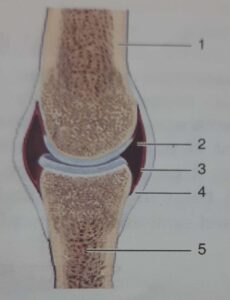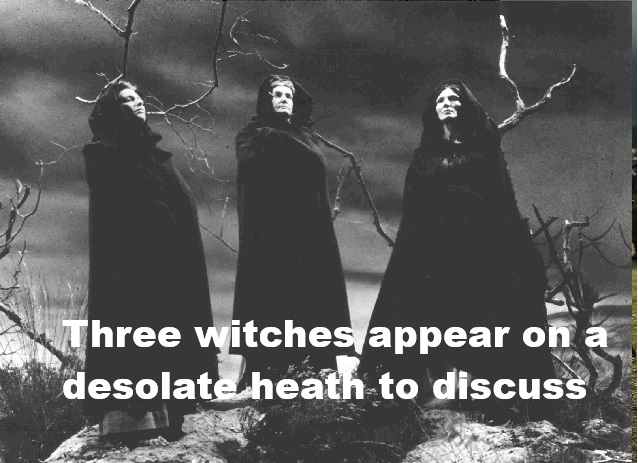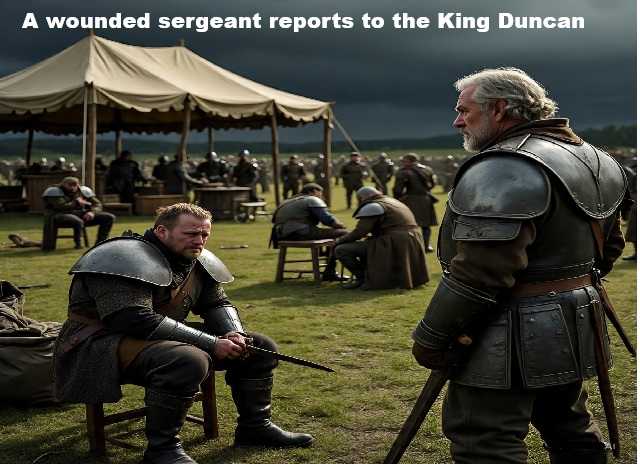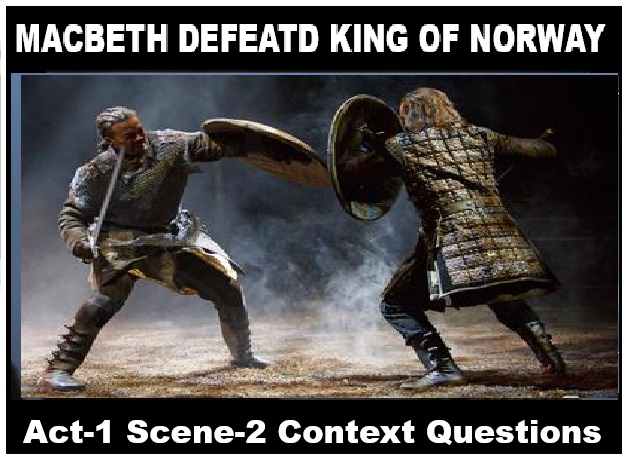Srijan Class-9 Skeleton-Movement and Locomotion ICSE Biology Solutions Ch-12. We Provide Solutions of Concept Check-1, 2, 3, Very Short Ans, Short Ans, Long Ans, Multiple Choice Type ( including True False), Application / Skill ( Figure Based ) Questions by expert teachers as per ICSE board guidelines. Visit official Website CISCE for detail information about ICSE Board Class-9.
Solutions of Srijan Class-9 Skeleton-Movement and Locomotion ICSE Biology Ch-12

| Board | ICSE |
| Publications | Srijan Publication |
| Subject | Biology |
| Class | 9th |
| writer | Veer Bala Rastogi |
| Chapter-12 | Skeleton-Movement and Locomotion |
| Topics | Solutions of Concept Check-1, to 3, Very Short Ans, Short Ans, Long Ans, MCQ, Application Skill Based Questions |
| Edition | 2021-2022 |
Concept Check 1 (Page 136)
(Ch-12 Skeleton-Movement and Locomotion Srijan ICSE Class-9 Biology Solutions )
Fill in the blanks.
1. Skeleton forms the ……………. framework of the body.
2. Each half of pelvic girdle is formed of …………….. and ……… bones.
3. There are …………….. Vertebrae in human backbone.
4. The forearm is supported by ………….. long bones.
5. A plate-like cap in the frontal part of knee is called ………………
6. Bones of wrist are called ……………..
7. The bone marrow of long bones forms ……………
8. Five rod-like ………………… form the sole of the foot.
Answer:
1. Support
2. ilium, ischium, pubis
3. 33
4. 2
5. patella
6. Carpals
7. RBC
8. Bones
Concept Check 2 (Page 138)
( Ch-12 Skeleton-Movement and Locomotion Srijan ICSE Class-9 Biology Solutions )
Fill in the blanks.
1. The band of connective tissue that joins two bones is called ……………
2. Muscles are attached to bones by ……………
3. Skull bones are joined together by …………….. joints.
4. In ……………. joint, only one bone moves over the other and in one direction only.
5. Thumb joint is a kind of ……………… ball and socket joint.
6. The cartilage present between two bones absorbs …………… and reduces …………….
Answer:
1. Ligaments
2. Tendons
3. Immovable 4. Synovial joints
5. Saddle joints
6. Shocks, Friction
Concept Check 3 (Page 140)
(Ch-12 Skeleton-Movement and Locomotion Srijan ICSE Class-9 Biology Solutions)
Fill in the blanks.
1. ………………… muscles carry out movement of body parts and locomotion in body.
2 Triceps muscle is a kind of …………….. muscle.
3. Movement of bones is brought about by the contraction and relaxation of ……………….
4. The up and down movements of our arm are controlled by ……………….. and muscles.
Answer:
1. Skeletal
2. Extensor
3. Skeletal muscles
4. Biceps and triceps
A. VERY SHORT ANSWER TYPE, (Page 140)
Ch-12 Skeleton-Movement and Locomotion Srijan ICSE Class-9 Biology Solutions
1. Answer in one word.
(a) Skeleton of shoulder region.
(b) Joint between head of humerus and socket of shoulder bone.
(c) Muscle bundle that brings the arm closer to the body.
(d) Tissue that attaches muscles to the bones.
(e) The girdle that articulates with the sacral region.
Answer:
(a) Collar bone
(b) Glenohumeral joints
(c) Biceps muscles
(d) Tendon
(e) Pelvic Girdle
2. Fill in the blanks with suitable words.
(a) The movable joint present at our elbow is called ………….
(b) The bones that form a box around the brain constitute the ………….
(c) The ribs that are not attached directly to the sternum ……………….. are called ribs.
(d) The cavity in the hip-girdle that articulates with the head of femur is called …………… cavity.
(e) Cartilaginous disc between adjacent vertebrae is called ……………. disc.
(f) Thoracic basket protects ……………. and …………
Answer:
(a) Hinge joint
(b) Cranium
(c) False
(d) Acetabulum
(e) Intervertebral
(f) Lungs, Herat
3. State whether the following statements are true or false.
(a) The total number of skull bones is 30.
(b) Synovial joints are immovable joints.
(c) Pelvic girdle supports arms.
(d) Flexor muscles on contraction makes the leg move away from the body
(e) Ribs help in breathing movements
(f) Hinge joint is present between ankle bones.
Answer:
(a) False
(b) False
(c) False
(d) False
(e) True
(f) False
4. Match the columns.
| Column A | Column B |
| (a) Tarsals | (i) Hip |
| (b) Ribs | (ii) Wrist |
| (c) Pelvis | (iii) Thigh |
| (d) Carpals | (iv) Chest |
| (e) Femur | (v) Ankle |
Answer:
| Column A | Column B |
| (a) Tarsals | (v) Ankle |
| (b) Ribs | (iv) Chest |
| (c) Pelvis | (i) Hip |
| (d) Carpals | (ii) Wrist |
| (e) Femur | (iii) Thigh |
B. Short Answer Type Questions (Page 141)
Ch-12 Skeleton-Movement and Locomotion Srijan ICSE Class-9 Biology Solutions
Q-1. Differentiate between the following.
(a) Glenoid and acetabulum
Answer:- The glenoid cavity is a structural feature on the scapula bone (also known as the shoulder blade or shoulder bone)and acetabulum is the socket of the hip bone into which the head of the femur fits
(b) Carpals and tarsals
Answer:–The key difference between tarsal and carpal bones is that tarsal bones are a cluster of seven bones present in the foot while carpal bones are the eight small bones that connect our hand into the forearm
(c) Axial and appendicular skeleton
Answer :–The difference between Axial and Appendicular skeleton is that the axial skeleton is the central axis of the body whereas the appendicular skeleton is mainly limbs and appendages
(d) Hinge joint and pivot joints
Answer :–Pivotal joint is defined as a joint where a cylindrical bone rotates in a ring. Hinge joint is defined as a joint where the ends of bones meet. … Pivot joint allows the head to rotate and can move upward and downward. Hinge joints can move up as well as down
(e) Movable and immovable joints
Answer :–Movable joints allow greater freedom of movement. Immovable joints don’t allow any kind of movement of the bones they connect. . Examples are shoulder, elbow and wrist joints
(f) Flexor and extensor muscles
Answer:–The key difference between flexor and extensor muscles is that flexor muscles facilitate the process of flexion in the body, while extensor muscles facilitate the process of extension in the body. Flexion is a bending movement where the angle between two body parts decreases
(g) True and false ribs
Answer:–The ribs that are attached directly to the sternum are known as true ribs. False ribs are those that are not attached directly to the sternum.
Q-2. Which of the following are correct examples of the type of joint named?
(a) Hinge joint: knee, elbow Correct
(b) Ball and socket joint: hip joint, shoulder joint Correct
(c) Gliding and sliding joint: joints between vertebrae Incorrect
(d) Pivot joint: joint between the atlas and axis vertebrae. Correct
3. Answer the following questions briefly.
(a) What are various parts of axial skeleton?
Ans-The axial skeleton is the part of the skeleton that consists of the bones of the head and trunk of a vertebrate. In the human skeleton, it consists of 80 bones and is composed of six parts; the skull (22 bones), also the ossicles of the middle ear, the hyoid bone, the rib cage, sternum and the vertebral column
(b) Why is backbone formed of many ring-like bony pieces?
Ans- The backbone is formed of many ring shaped pieces for two reasons: it has many pieces because this allows it to bend in many places, giving it great flexibility, and it is ring shaped so that it can contain and protect the spinal cord.
(c) Name the bones that form pelvic girdle
Ans-The pelvic girdle is composed of the appendicular hip bones (ilium, ischium, and pubis) oriented in a ring, and connects the pelvic region of the spine to the lower limbs
(d) Give importance of joints.
Answer:- Joints are where two bones meet. They make the skeleton flexible .without them, movement would be impossible. Joints allow our bodies to move in many ways
C. Long Answer Type Questions (Page 141)
(Ch-12 Skeleton-Movement and Locomotion Srijan ICSE Class-9 Biology Solutions )
Q-1. Give functions of human skeleton.
Answer:–The skeletal system works as a support structure for your body. It gives the body its shape, allows movement, makes blood cells, provides protection for organs and stores minerals
Q-2 Describe the structure of synovial joint.
Answer:–In a Synovial joint, the ends of bones are encased in smooth cartilage. Together, they are protected by a joint capsule lined with a synovial membrane that produces synovial fluid. The capsule and fluid protect the cartilage, muscles, and connective tissues.
Q-3. Name the regions of vertebral column and the number of bones found in each region.
Answer :-
| Regions of the vertebral column | Number of bones present |
|---|---|
| Cervical region | 7 |
| Thoracic region | 12 |
| Lumbar region | 5 |
| Sacral region | 1, fused |
Q-4. Give functions of vertebral column.
Answer:—functions of vertebral column
- It protects the spinal cord.
- It supports the head.
- It serves as an attachment for the ribs.
- It provides support and place of attachment for the pectoral and pelvic girdle.
- It provides movement for the human skeleton.
- It helps in walking and standing erect, correct posture.
Q-5. Describe how muscles function when you move your arm.
Answer:–When skeletal muscles contract, bones move. A voluntary muscle usually works across a joint. It is attached to both the bones on either side of the joint by strong cords called tendons.
A tendon is a tough band of connective tissue that connects a muscle to a bone. Tendons are similar to ligaments, except that ligaments join bones to each other. Muscles move the body by contracting against the skeleton. When muscles contract, they get shorter. By contracting, muscles pull on bones and allow the body to move.
D. Multiple Choice Questions (Page 141)
(Ch-12 Skeleton-Movement and Locomotion Srijan ICSE Class-9 Biology Solutions )
Choose the correct answer.
Q-1. Ribs are attached to
(a) Scapula
(b) Sternum
(c) Clavicle
(d) Ileum
Answer: (b) Sternum
Q-2. Ligament connects
(a) Bone to bone
(b) Bone to muscle
(c) Muscle to muscle
(d) Both (b) and (c)
Answer: (a) Bone to bone
Q-3. Which one of the following is not a skull bone ?
(a) Mandible
(b) Hyoid
(c) Atlas
(d) Premaxilla
Answer: (c) Atlas
Q-4. Biceps muscles are
(a) Flexor
(b) Extensor
(c) Retractor
(d) Both (b) and (C)
Answer: (a) Flexor
Q-5. Thumb joint is a
(a) Gliding joint
(b) Ball and socket joint
(c) Saddle joint
(d) Pivot joint
Answer: (c) Saddle joint
E Application/Skill-based Question (Page 141)
Ch-12 Skeleton-Movement and Locomotion Srijan ICSE Class-9 Biology Solutions
Look at the diagrammatic sketch of synovial joint and answer the questions that follow.

(a) Name the parts 1 to 5
(b) What is a synovial joint?
(c) Where do you find such a joint?
(d) What is the function of synovial cartilage?
Answer:
(a)
(b) Synovial joint is a joint where one bone moves freely on the other.
(c) Shoulder joint, Hip joint, Knee joint, Elbow joint, and joint between wrist bones and between ankle bones.
(d) To absorbs shock and reduce friction during movement.
Thanks


